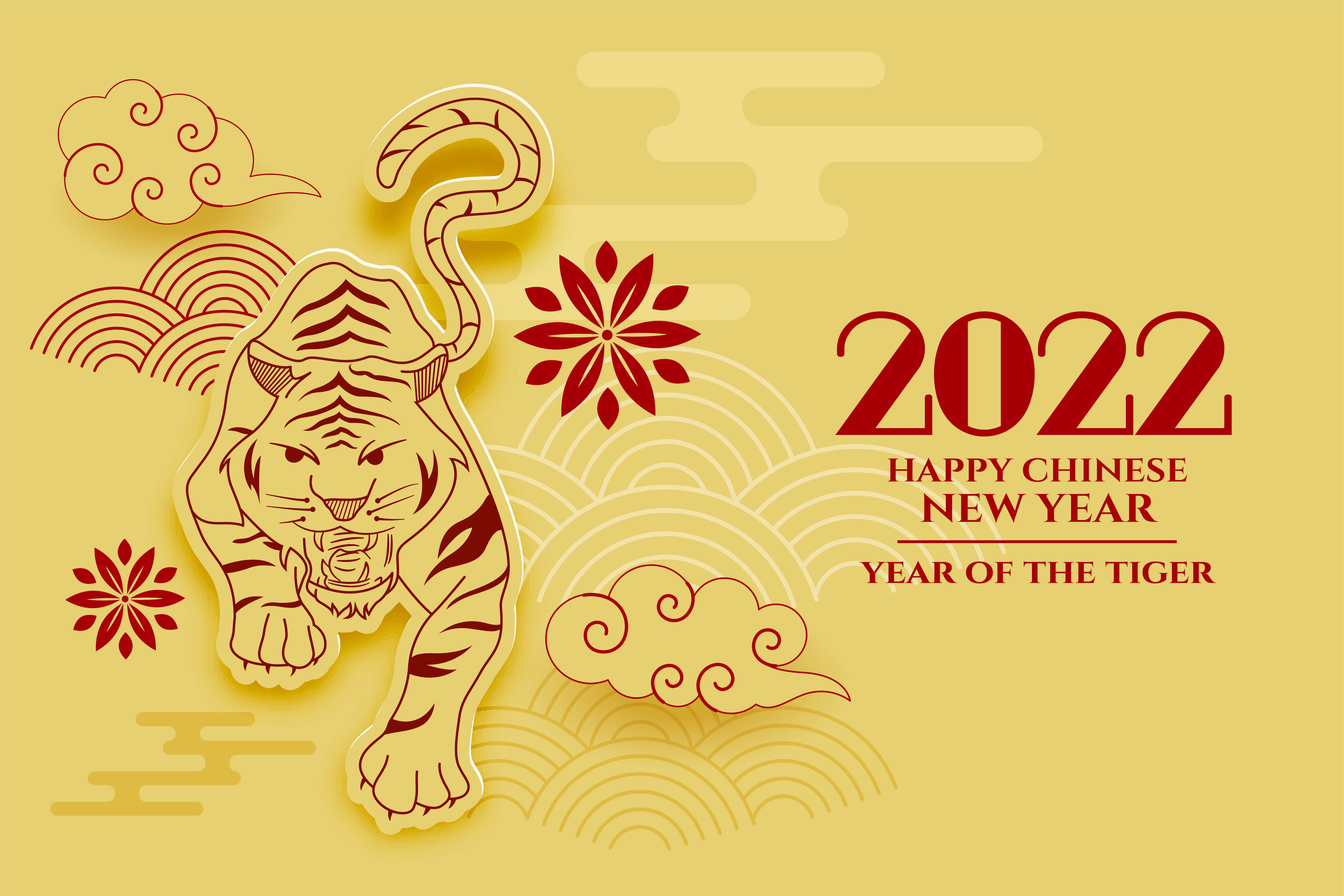Lunar New Year is one of the most important celebrations of the year among East and Southeast Asian cultures, including Chinese, Vietnamese and Korean communities, among others. The New Year celebration is usually celebrated for multiple days—not just one day as in the Gregorian calendar’s New Year. In 2022, Lunar New Year begins on February 1.
China’s Lunar New Year is known as the Spring Festival or Chūnjié in Mandarin.
Tied to the lunar calendar, the holiday began as a time for feasting and to honor household and heavenly deities, as well as ancestors. The New Year typically begins with the first new moon that occurs at the end of January and spans the first 15 days of the first month of the lunar calendar—until the full moon arrives.
The year 2022 is slated to be the year of the water tiger. The tiger comes up every 12 years, while the water tiger comes up every 60 years. The water tiger is action-oriented and represents strength, clearing away evil and bravery.
Chinese New Year is thought to date back to the Shang Dynasty in the 14th century B.C.E. Under Emperor Wu of Han (140–87 B.C.), the tradition of carrying out rituals on the first day of the Chinese calendar year began.
Cultures celebrating Lunar New Year have different ways of greeting each other during the holiday. In Mandarin, a common way to wish family and close friends a happy New Year is “Xīn nián hǎo,” meaning “New Year Goodness” or “Good New Year.” Another greeting is “Xīn nián kuài lè,” meaning “Happy New Year.”
https://www.history.com/topics/holidays/chinese-new-year
The Chinese New Year holiday comes to its climax with the Yuan Xiao (元宵节 / yuán xiāo jié), or Lantern Festival, celebrated on February 15th, 2022.
Begun over 2000 years ago, the festival has developed many meanings. It celebrates family reunions and society. It features ancient spiritual traditions. Some also call this the “true” Chinese Valentine’s Day.
The many activities include moon gazing, lighting lanterns, riddles, lion dances and eating rice balls.
The Spring Festival is a time reserved for families. There is the reunion dinner on New Year’s Eve, visits (拜年 / bài nián) to in-laws on the 2nd day and neighbors after that. Stores reopen on the 5th and society basically goes back to normal.
But on the 15th, everyone—regardless of age or gender—go out onto the streets to celebrate. Though the Lantern Festival symbolizes reunions, it’s also a time of socializing and freedom.
https://chinesenewyear.net/lantern-festival/
[Tiger image: Background vector created by starline – www.freepik.com]
